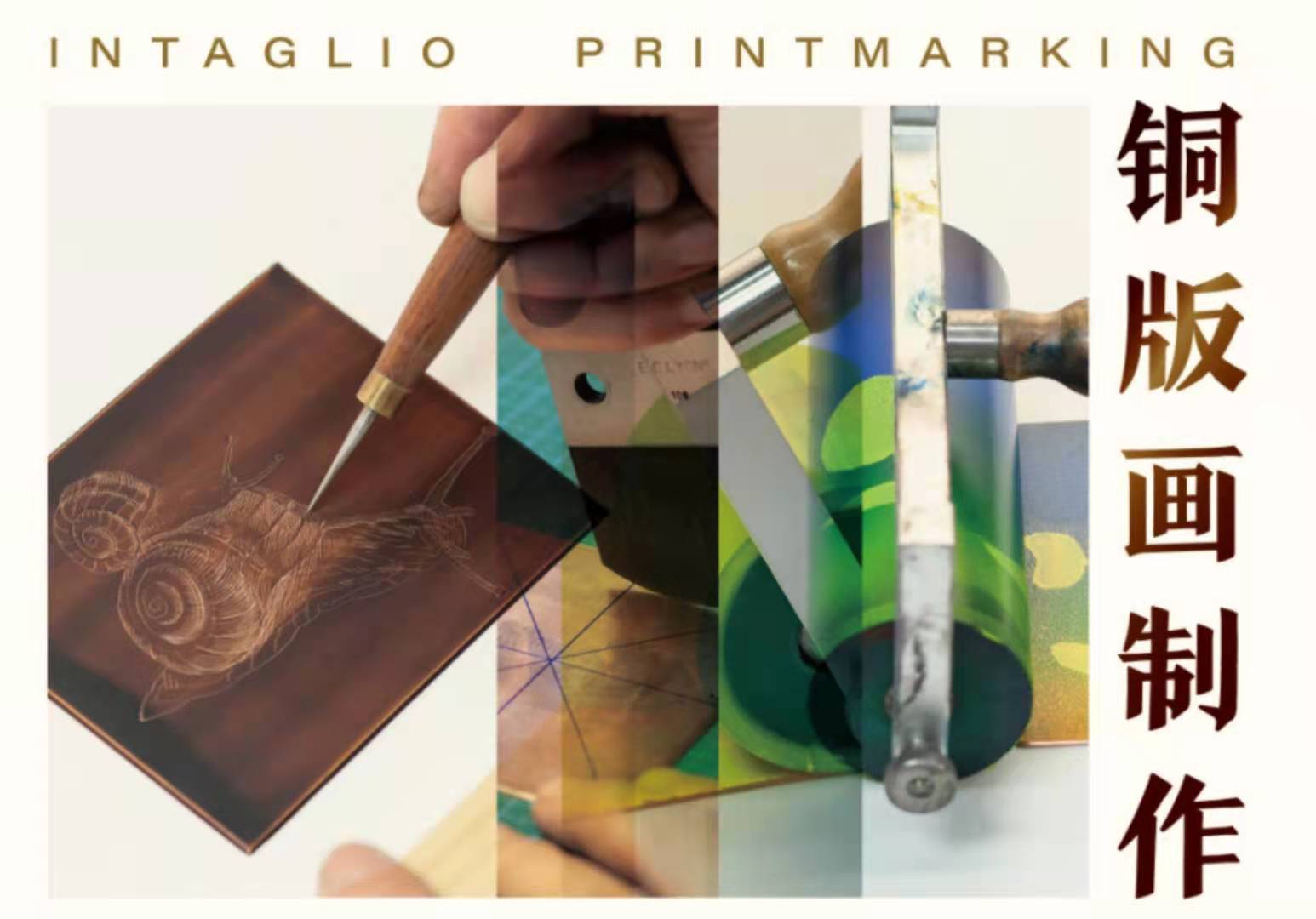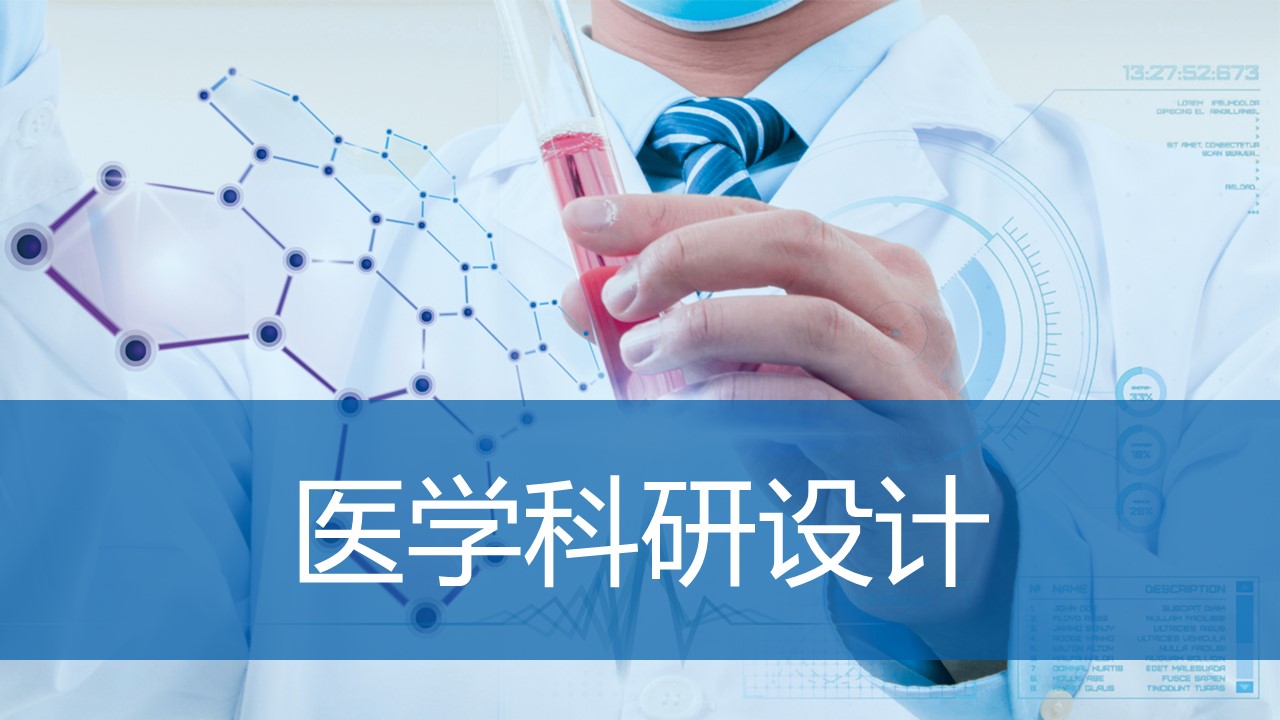
Forensic Medicine课程:前往报名学习
Forensic Medicine is a special applied medical science that provides scientific evidence for judicial practice to maintain social stability and harmony by studying the death, injury, and personal identification of the human body. Studying Forensic Medicine could prevent or avoid personal injury or death caused by unnatural way, and also protect the legitimate rights and interests of casualties by preserving relevant evidence.
开设学校:郑州大学;学科:医药卫生、
Forensic Medicine is a special applied medical science that provides scientific evidence for judicial practice to maintain social stability and harmony by studying the death, injury, and personal identification of the human body. Studying Forensic Medicine could prevent or avoid personal injury or death caused by unnatural way, and also protect the legitimate rights and interests of casualties by preserving relevant evidence.
-1.1 Overview of Forensic Medicine
--1.1 Overview of Forensic Medicine
--1.1 Overview of Forensic Medicine
-1.2 The significance of medical students studying Forensic Medicine
--1.2 The significance of medical students studying Forensic Medicine
--1.2 The significance of medical students studying Forensic Medicine
-unit 1
-2.1 Livor Mortis
-2.2 Rigor Mortis
-2.3 Decomposition
-unit 2
-3.1 Overview of mechanical injuries
--3.1 Overview of mechanical injuries
--3.1 Overview of mechanical injuries
-3.2 The most overlooked evidence on the body
--3.2 The most overlooked evidence on the body
--3.2 The most overlooked evidence on the body
-3.3 Contusion
-3.4 Wound
-3.5 Stab wound
-3.6 Injuries due to fall from height
--3.6 Injuries due to fall from height
--3.6 Injuries due to fall from height
-3.7 Bullet wounds
-3.8 Determination of the cause of death
--3.8 Determination of the cause of death
--3.8 Determination of the cause of death
-3.9 Inference and identification process of causative weapon
--3.9 Inference and identification process of causative weapon
--3.9 Inference and identification process of causative weapon
-3.10 Injury analysis
-3.11 Forensic homicide scene analysis
--3.11 Forensic homicide scene analysis
--3.11 Forensic homicide scene analysis
-unit 3
-4.1 The classification of mechanical asphyxia
--4.1 The classification of mechanical asphyxia
--4.1 The classification of mechanical asphyxia
-4.2 The common change of mechanical asphyxial death
--4.2 The common changes of mechanical asphyxial deaths
--4.2 The classification of mechanical asphyxia
-4.3 Can prone position hanging cause one’s death
--4.3 Can prone position hanging cause one’s death
--4.3 Can prone position hanging cause one’s death
-4.4 The signs of the hanging corpse
--4.4 The signs of the hanging corpse
--4.4 The signs of the hanging corpse
-4.5 The morphological changes of drowning
--4.5 The morphological changes of drowning
--4.5 The morphological changes of drowning
-unit 4
-5.1 Burning and freezing to death
--5.1 Burning and freezing to death
--5.1 Burning and freezing to death
-5.2 Electrocution
-unit 5
-6.1 Introduction and cases of sudden death
--6.1 Introduction and cases of sudden death
--6.1 Introduction and cases of sudden death
-unit 6
-7.1 The overview of poisoning and forensic identification
--7.1 The overview of poisoning and forensic identification
--7.1 The overview of poisoning and forensic identification
-7.2 Poisoning of part poisons commonly used
--7.2 Poisoning of part poisons commonly used
--7.2 Poisoning of part poisons commonly used
-unit 7
-8.1 Overview of forensic clinical science
--8.1 Overview of forensic clinical science
--8.1 Overview of forensic clinical science
-8.2 Overview of forensic examination and assessment of living individual
--8.2 Overview of forensic examination and assessment of living individual
--8.2 Overview of forensic examination and assessment of living individual
-8.3 Attention involving in the forensic medical examination and identification in clinical work
--8.3 Attention involving in the forensic medical examination and identification in clinical work
--8.3 Attention involving in the forensic medical examination and identification in clinical work
-unit 8
-9.1 Overview of forensic psychiatry
--9.1 Overview of forensic psychiatry
--9.1 Overview of forensic psychiatry
-9.2 Criminal responsibility
-9.3 Mental injury and mental disability
--9.3 Mental injury and mental disability
--9.3 Mental injury and mental disability
-unit 9
-10.1 Overview of forensic material evidence
--10.1 Overview of forensic material evidence
--10.1 Overview of forensic material evidence
-10.2 Overview of DNA genetic markers
--10.2 Overview of DNA genetic markers
--10.2 Overview of DNA genetic markers
-10.3 Short tandem repeat
-10.4 The bloodstain test
-10.5 Examination of semen spot and other forensic material evidence
--10.5 Examination of semen spot and other forensic material evidence
--10.5 Examination of semen spot and other forensic material evidence
-10.6 Paternity identification
--10.6 Paternity identification
--10.6 Paternity identification
-unit 10
-11.1 Concept, constituent elements and common situation of medical malpractice
--11.1 Concept, constituent elements and common situation of medical malpractice
--11.1 Concept, constituent elements and common situation of medical malpractice
-unit 11
杨卫红,法医学博士,副教授,郑州大学基础医学院法医系。
闫红涛,法医学博士,教授,郑州大学基础医学院法医系。
朱运良,法医学博士,副教授,郑州大学基础医学院法医系。
曾昭书,法医学博士,教授,郑州大学基础医学院法医系。
张广政,医学博士,教授,郑州大学基础医学院法医系。
郑旭东,法医学博士,郑州大学基础医学院法医系。






